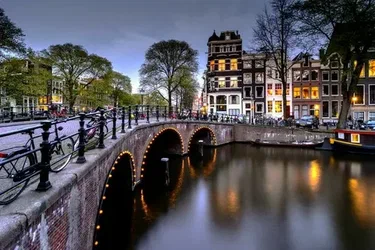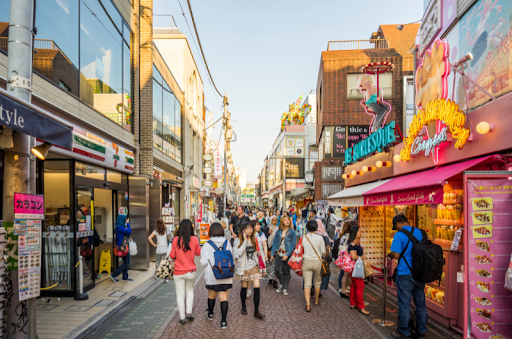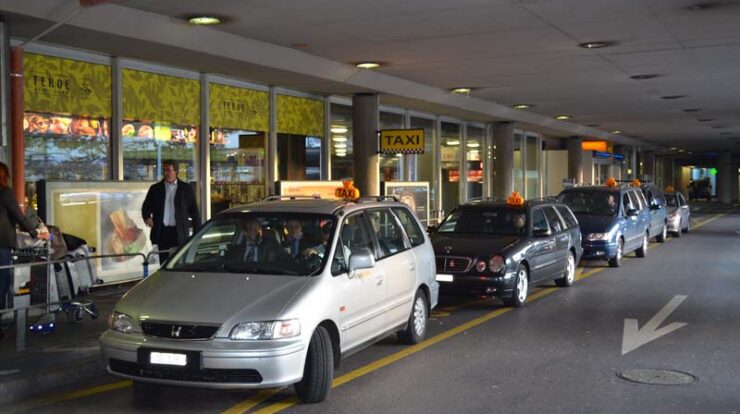
According to recent studies, tourism is accountable for 8% of the world’s carbon emissions. A tourist’s chosen method of travel, excursions, accommodation type and holiday shopping items all contribute to holiday emissions. Much of the UK is taking accountability for their personal carbon footprint and seeking ways to reduce it where they can.
According to independent ESG analyst Sustainalytics, Wizz Air is Europe’s most sustainable airline. The airline scored a 25.0 ESG Risk Rating, the lowest amongst all European carriers. Wizz Air has received a ‘Medium Risk’ score of 25.0 from Sustainalytics. Wizz’s sustainability achievement includes the lowest environmental footprint on the continent. Here, Wizz presents six of the most sustainable holiday destinations.
Greece
Greece is known for its idyllic scenery, hot climate, and historic architecture; however, it is sustainability that is inherently at the heart of its culture.
For years, tourism has been concentrated in a selection of areas, places within easy reach of airports and beautiful beaches. This means a lot of the country has been largely untouched by tourism, so many of these areas are being developed using sustainable and eco-friendly practices. The hope is to spread tourism to the lesser-known areas, to extend the benefits to smaller, local communities.
Many of Greece’s islands, including Spetses and Hydra, have a partial or total ban on vehicles. The “Astypalea: smart & sustainable island” project is moving forward with a five-year program of transforming the entire island into a ‘zero impact zone’ with exclusively electric vehicles and green energy.
Budapest
Budapest ranks 57/100 in the sustainable cities index of Arcadias which measures a city’s investment, mitigation, and sustainable growth. Train travel is popular in Hungary, and the rail system connects Budapest to the rest of the country, and to other cities like Prague and Vienna.
The Green Guide Budapest page on Facebook posts a weekly list of green events, many of which are either in English or bilingual. Try downloading the Gasztrohős app, to find a map of local markets, sustainable gastro places, community gardens and organic stores.
Italy
Italy was the first country to include climate change and sustainable development in its national curriculum. Like Greece, they are looking to draw visitors away from busier destinations like Tuscany, to spread the economy to smaller communities. Sustainable tourism initiatives are helping to preserve regional cultures and local crafts, and boost agriturismo stays at family-owned farms.
A scheme in the Dolomites means only cable cars and methane-powered buses are allowed as transport during the day, and other popular tourist areas are making attempts to reduce carbon emissions through recycling, cutting waste, and energy conservation.
Cyprus
In 2006, Cyprus launched the Cyprus Sustainable Tourism Initiative. The non-profit, non-governmental organisation was established to promote the development of sustainable tourism in the country through sensible preservation, conservation, and protection of the environment. They also aimed to reduce the impact of the country’s carbon footprint because of activities related to tourism and promote sustainable means of achieving economic growth and regeneration.
Northern Cyprus heavily promotes eco-tourism with the delights of a simpler lifestyle, eco-friendly accommodation, and many cycling and walking tours.
Egypt
More than 80 hotels in Egypt have been awarded the Green Star Certificate, which is given to hotels and resorts for their commitment to environmentally friendly management and social responsibility. The country boasts four eco-tourism zones – coastal, desert, riverbank, and wetlands, all of which allow for sustainable development of the economy. They have established 21 protected areas, and several resorts on the Sinai Peninsula, Red Sea coast and Cairo participate in environmental certificate programs to assess their environmental footprint and maximise sustainability.
UAE
Dubai Tourism launched its Sustainability Requirements in January 2019, with the aim to improve the environmental performance of the hospitality industry through a range of policies and standards.
The UAE has one of the largest ratios of protected areas per land mass in the world, with 15.5% of the country protected. The Dubai 2040 Urban Masterplan aims for the city to become one of the world’s most sustainable destinations, focussing on improving the quality of life for its residents and visitors, and preserving the environment. In 2023, Dubai is hosting the Cop28 climate summit and will address opportunities to build a more sustainable and progressive economic future.






